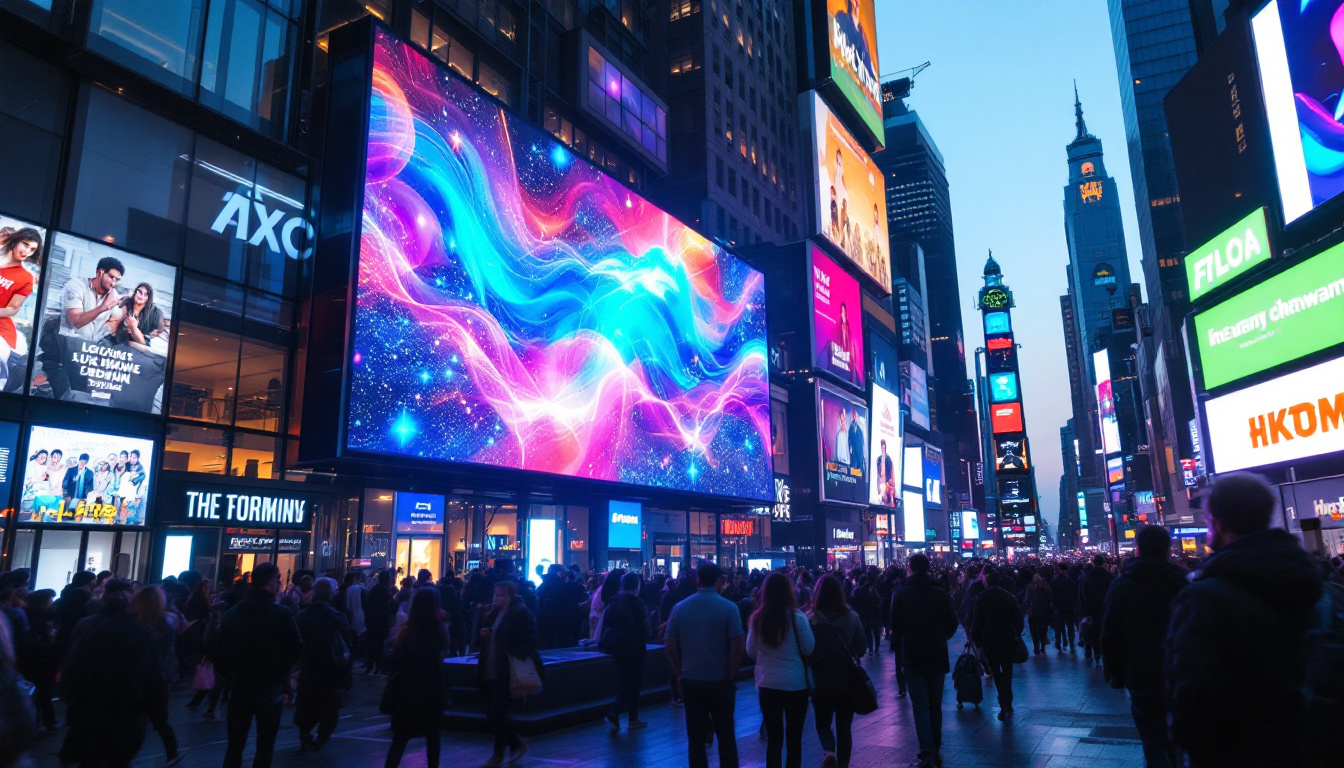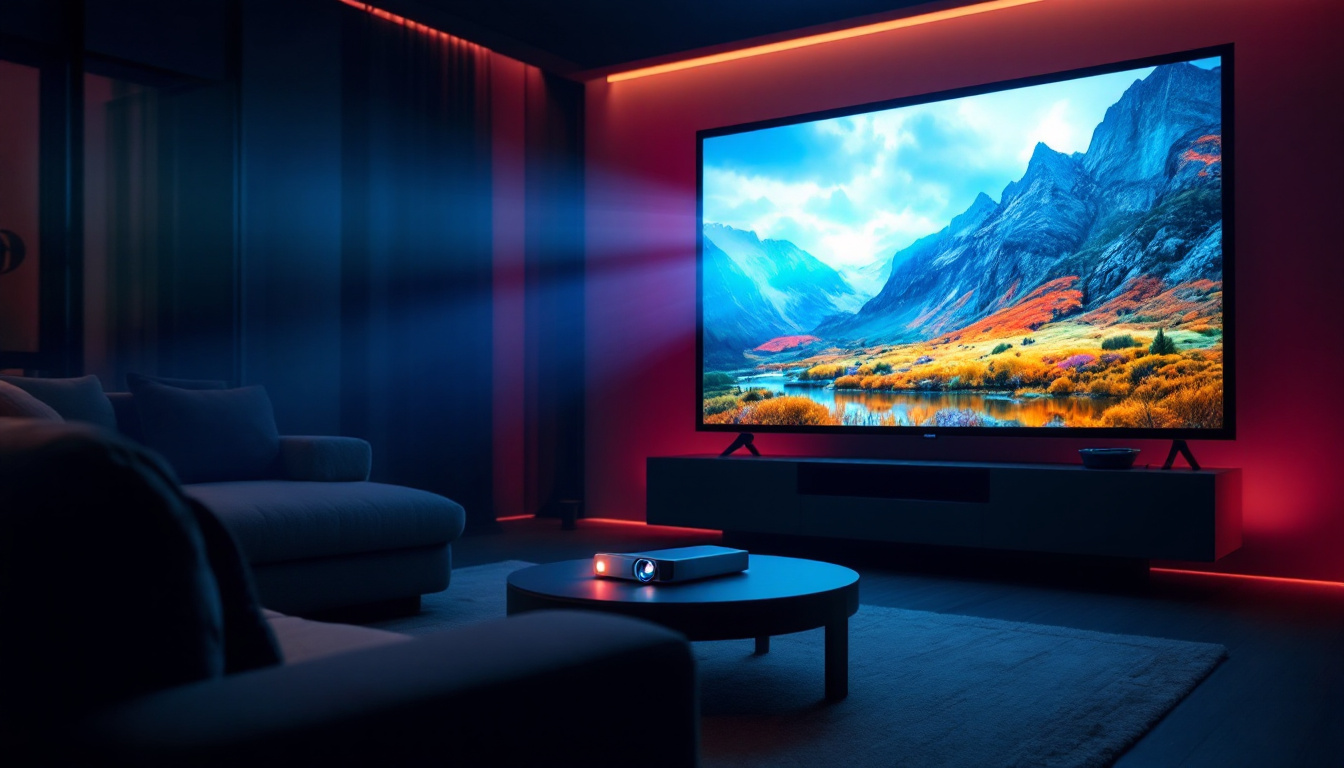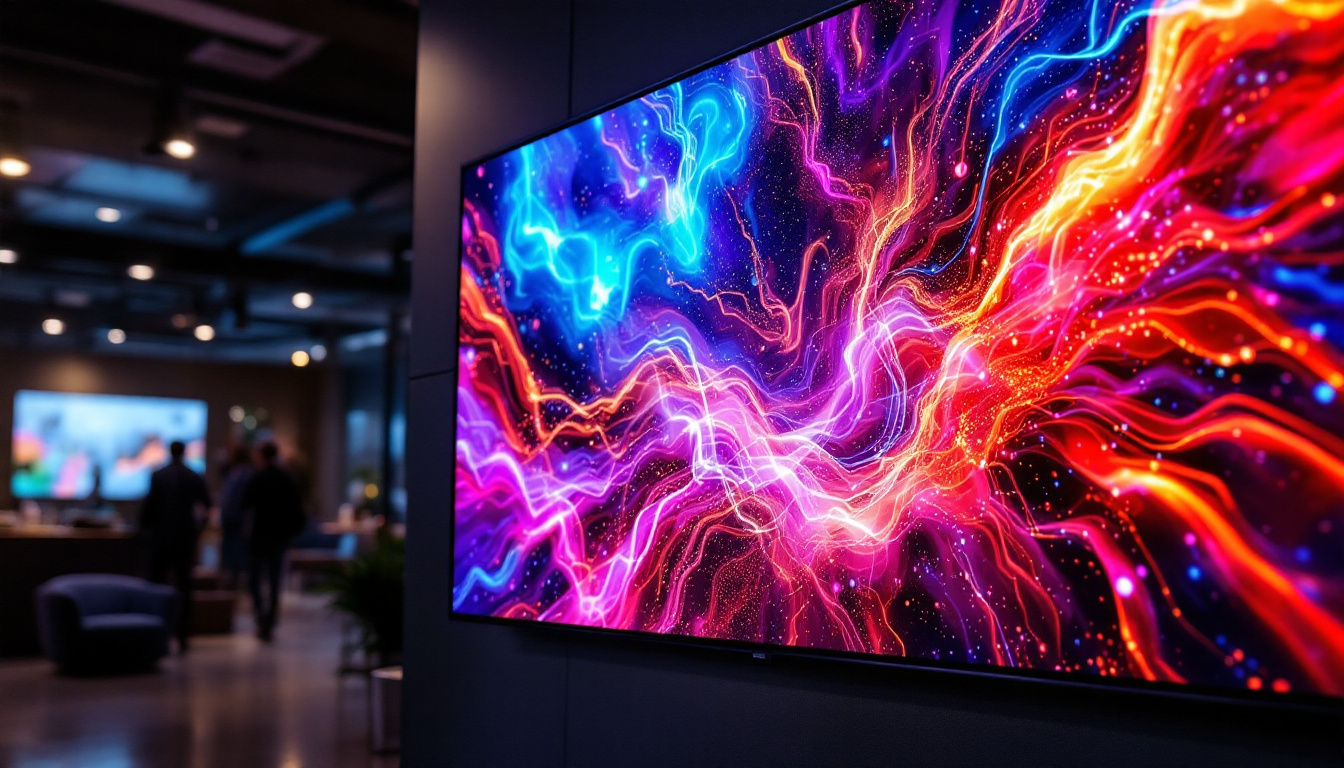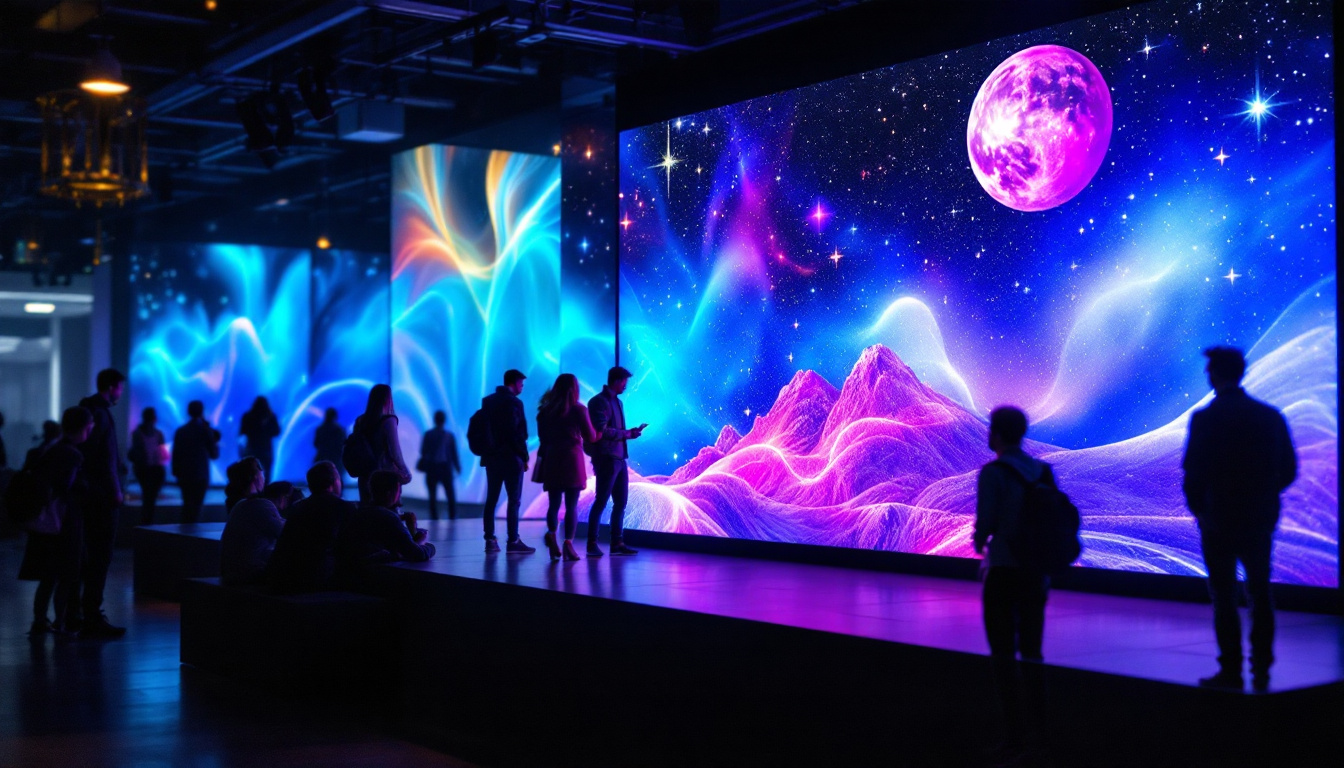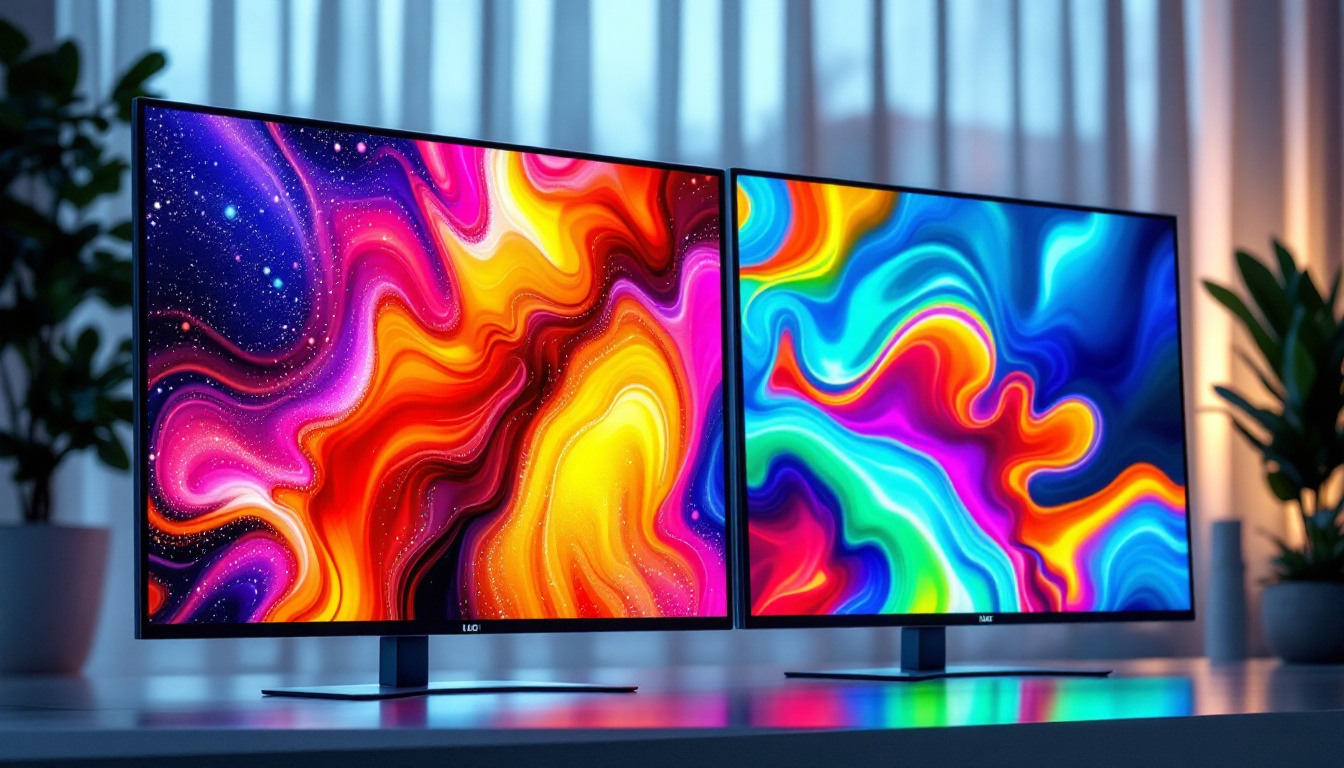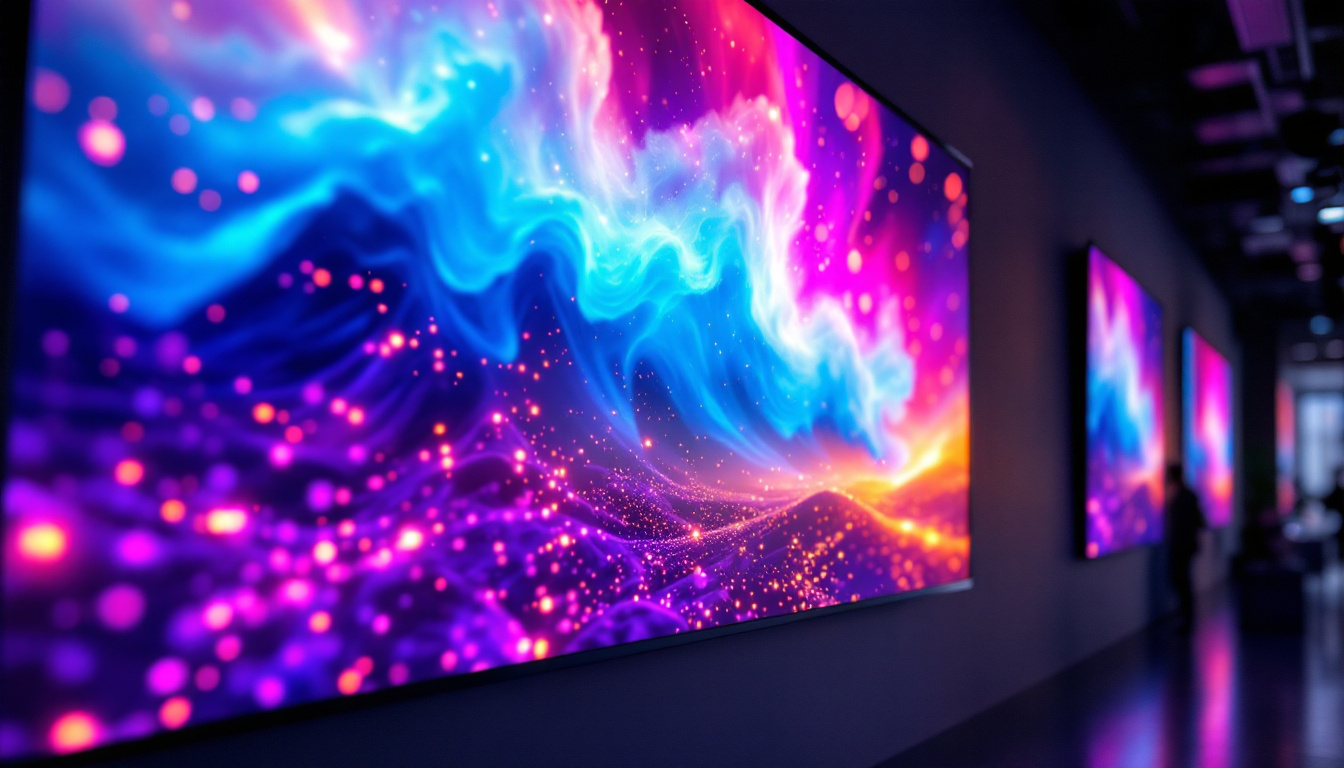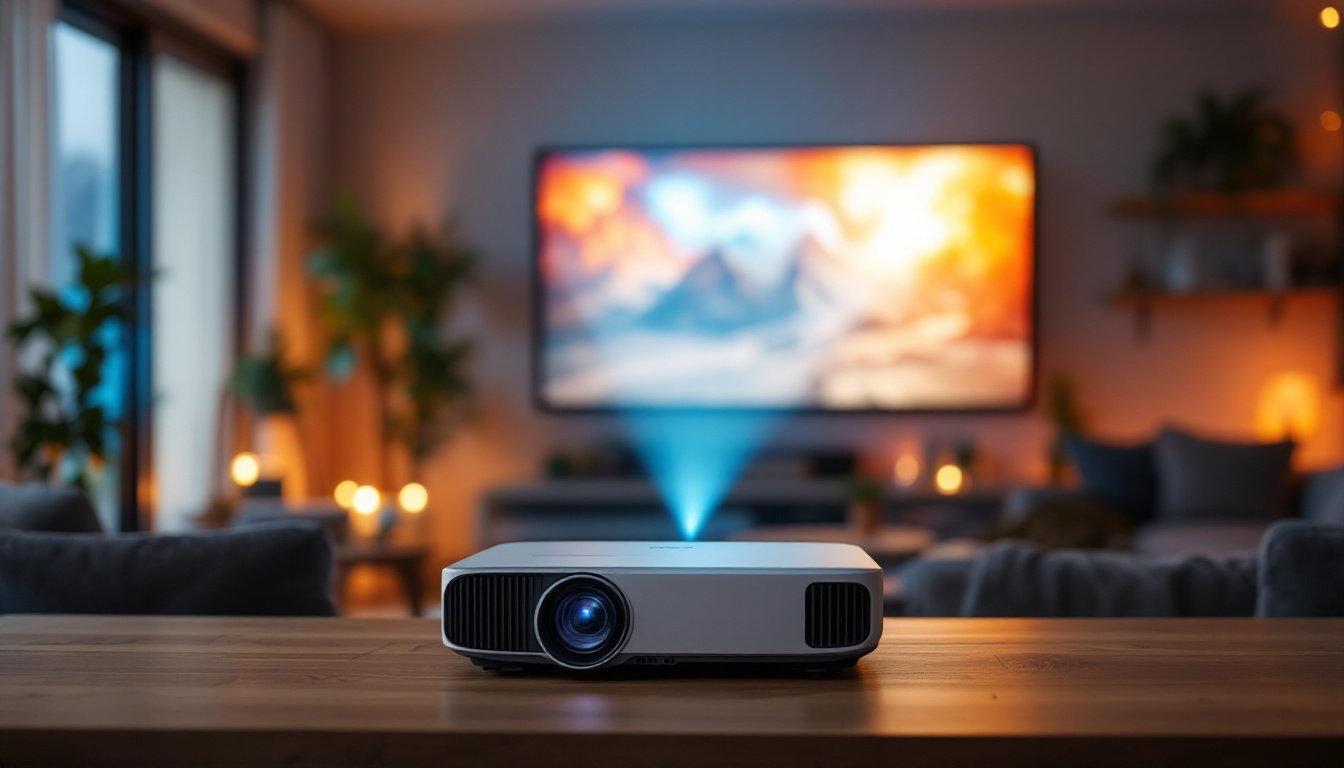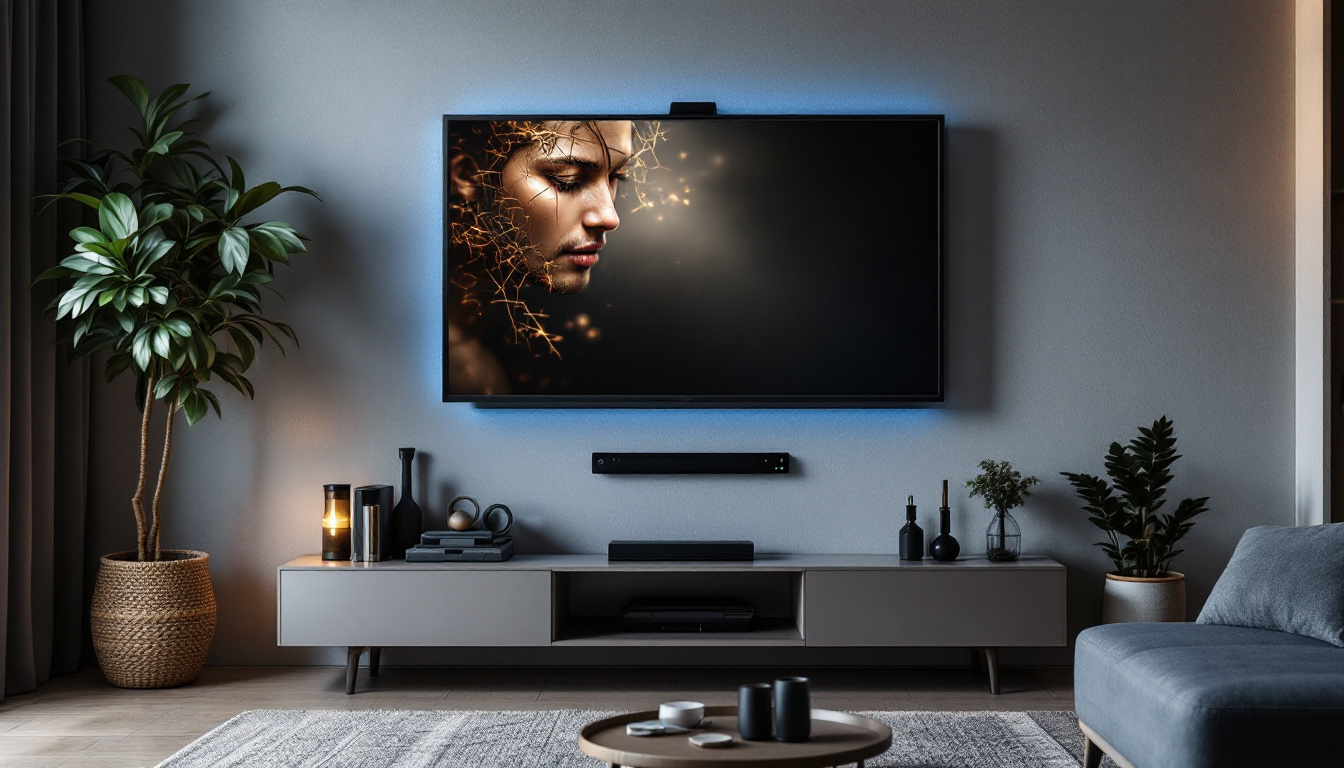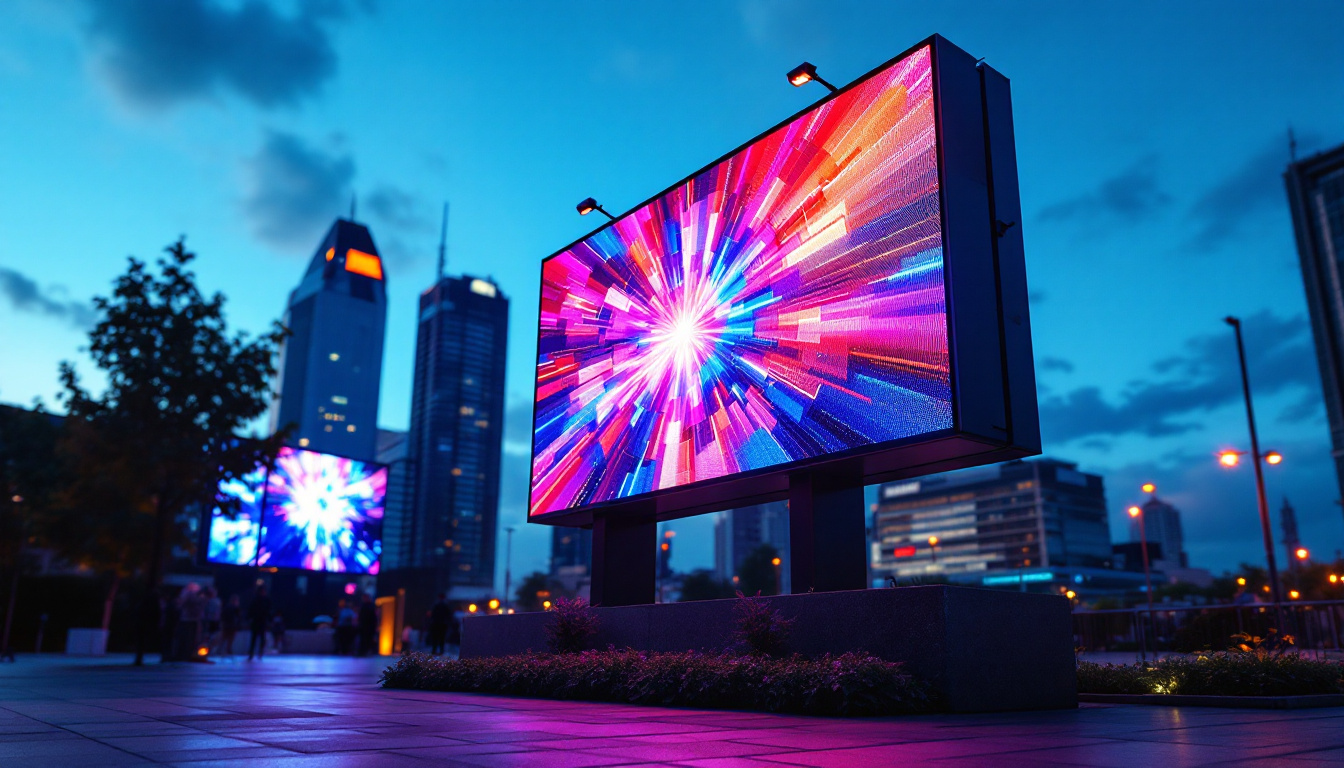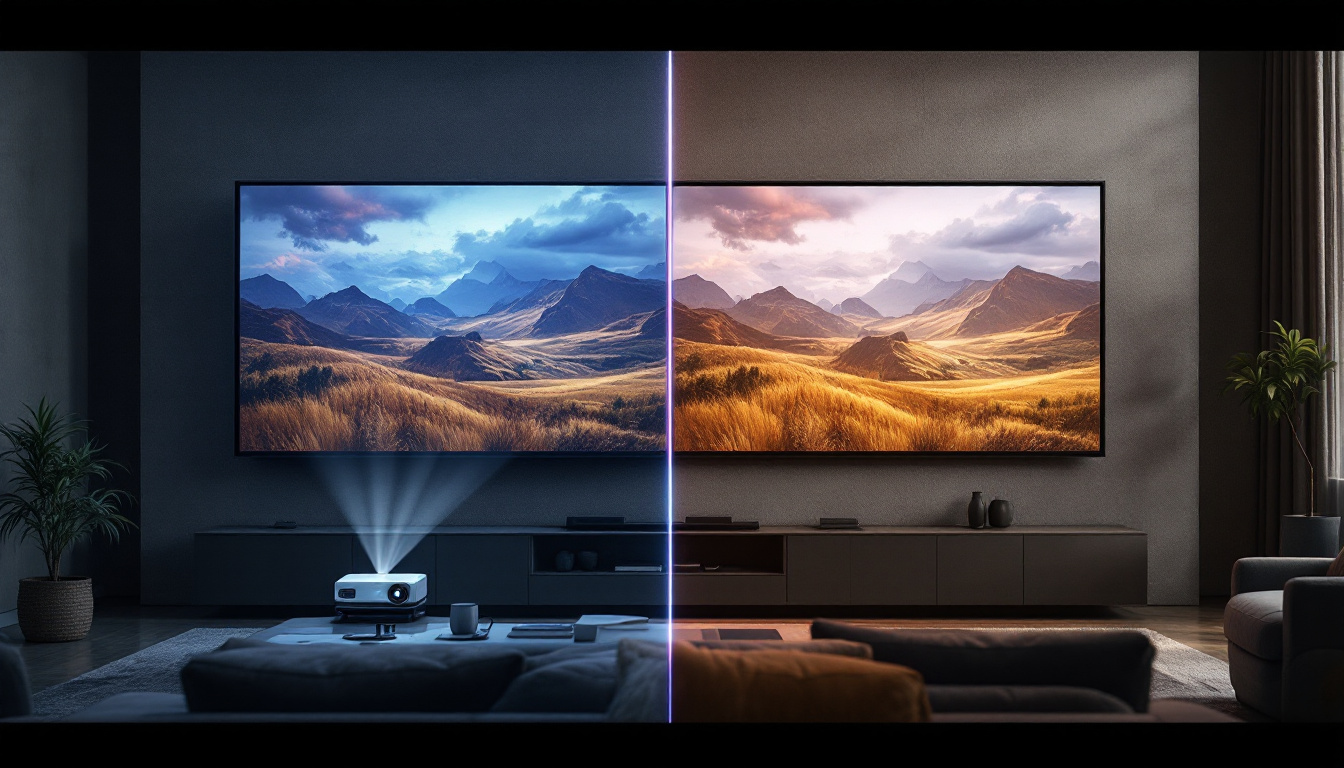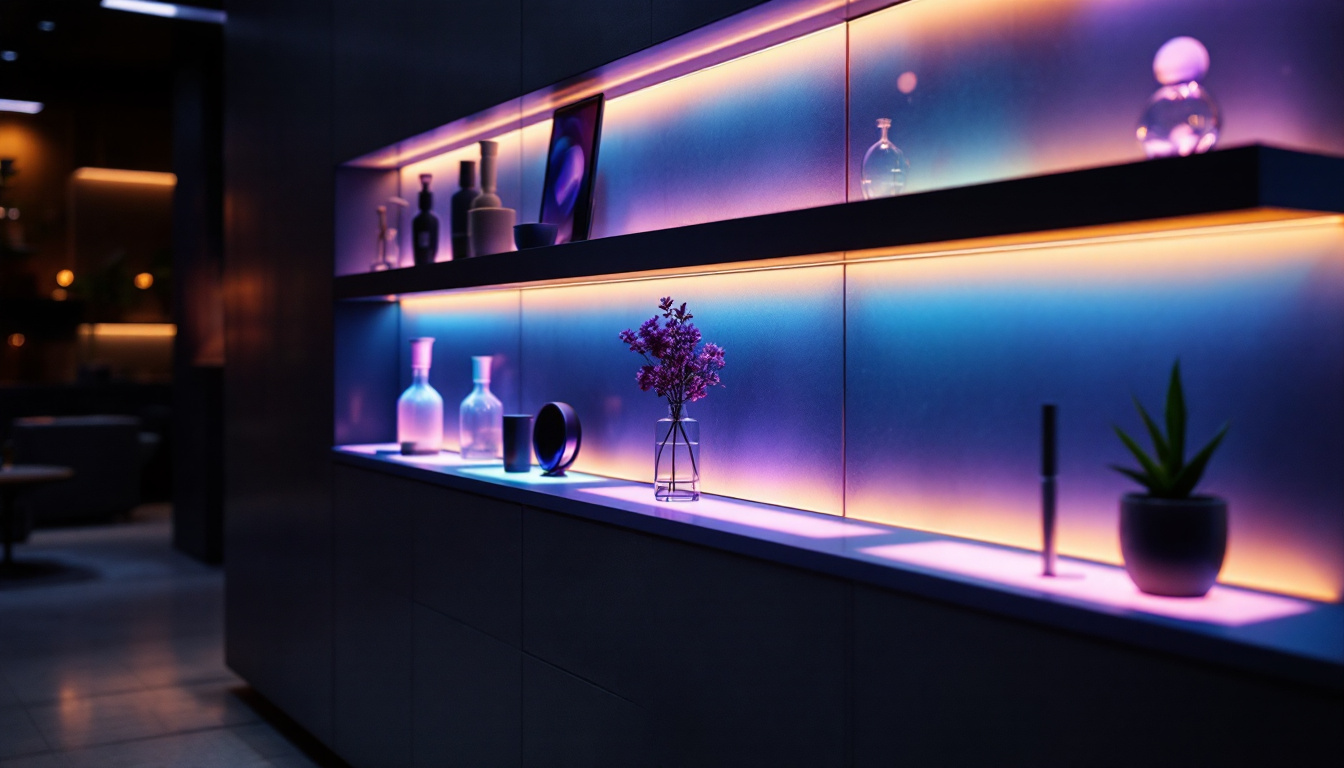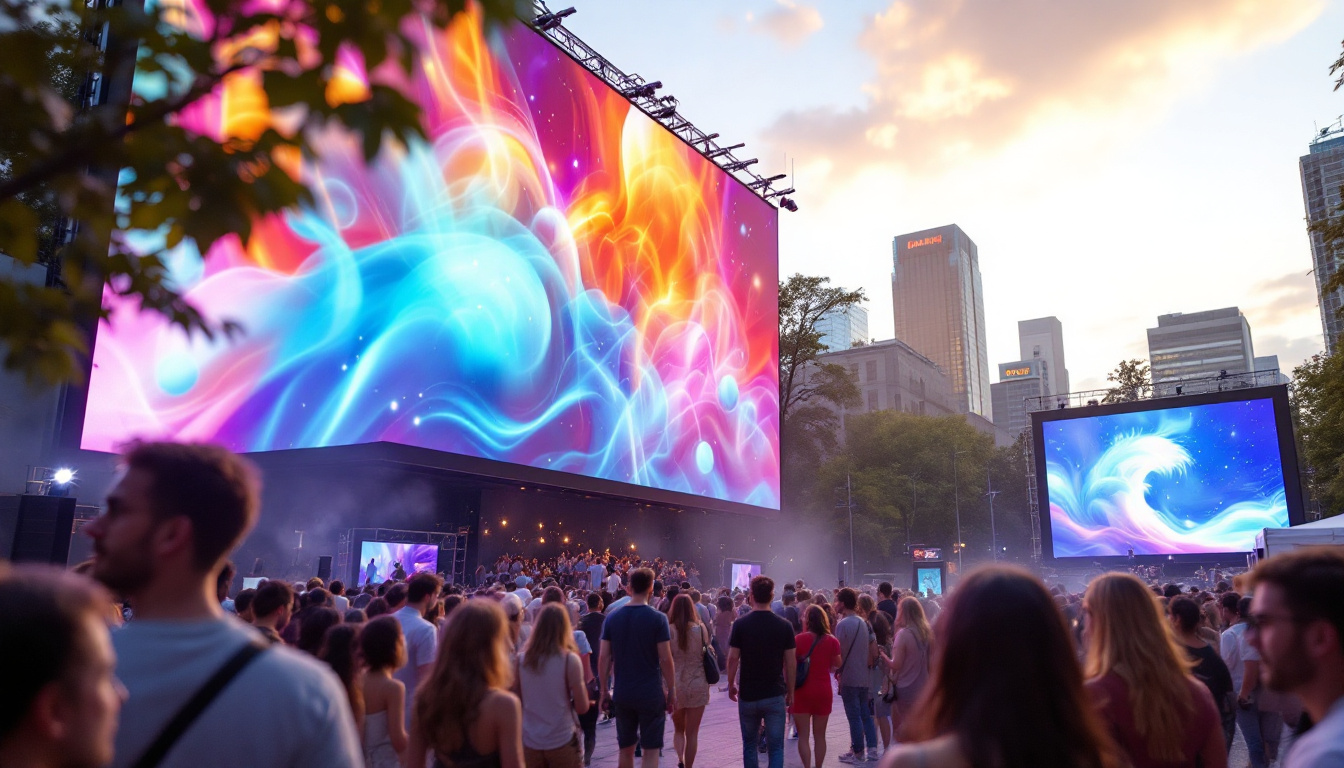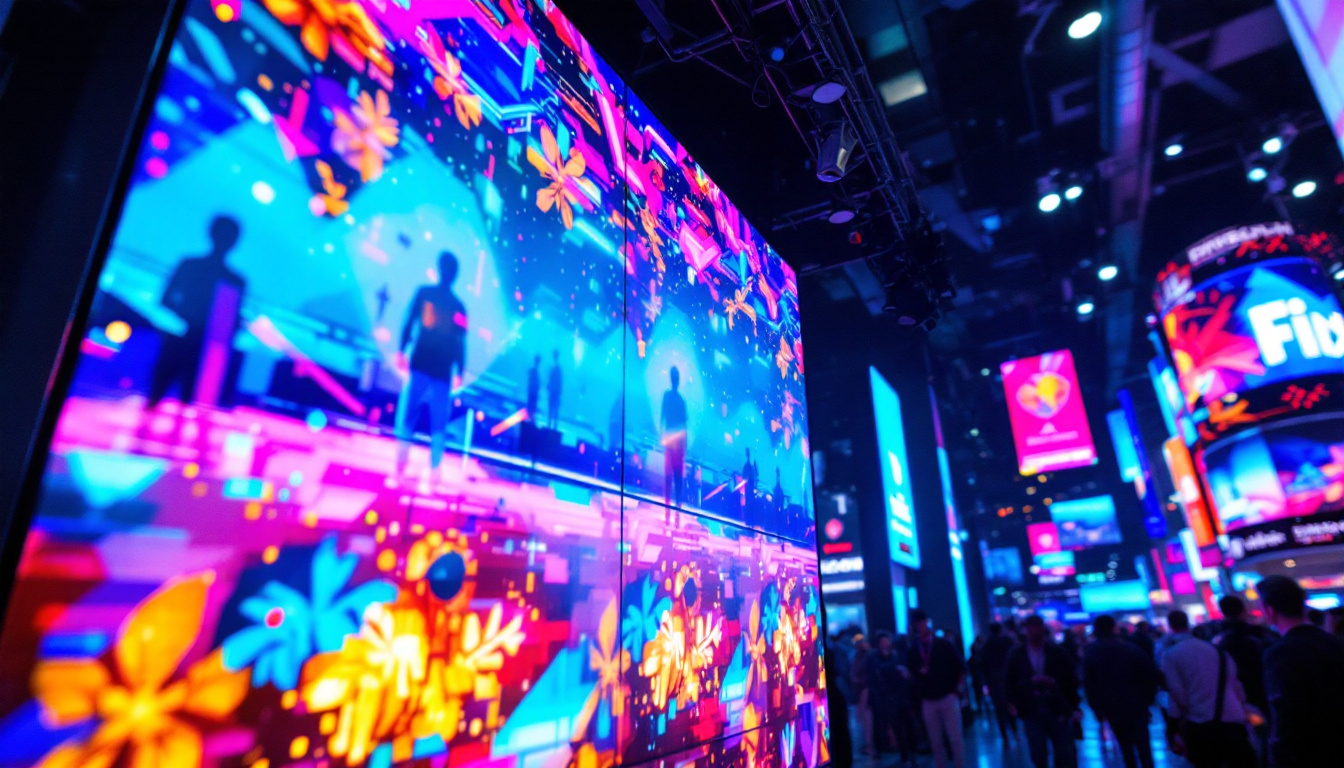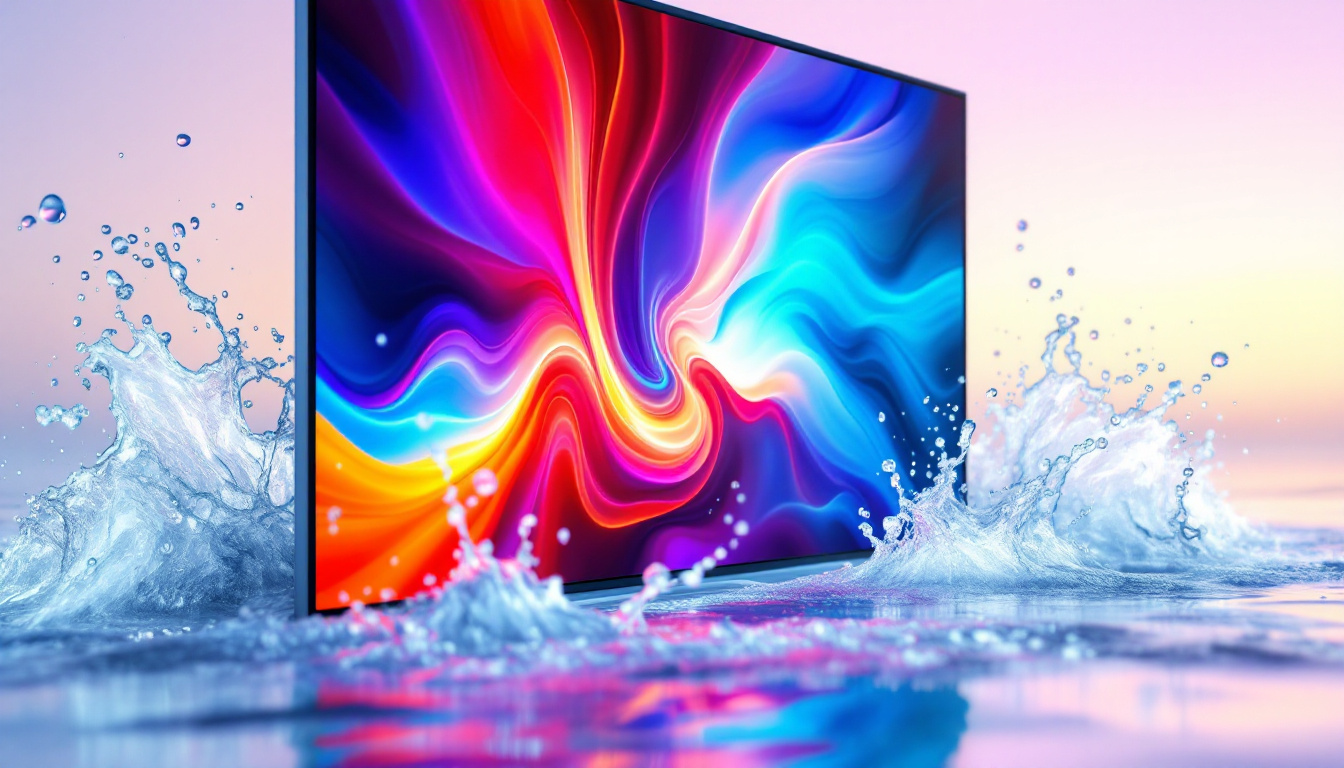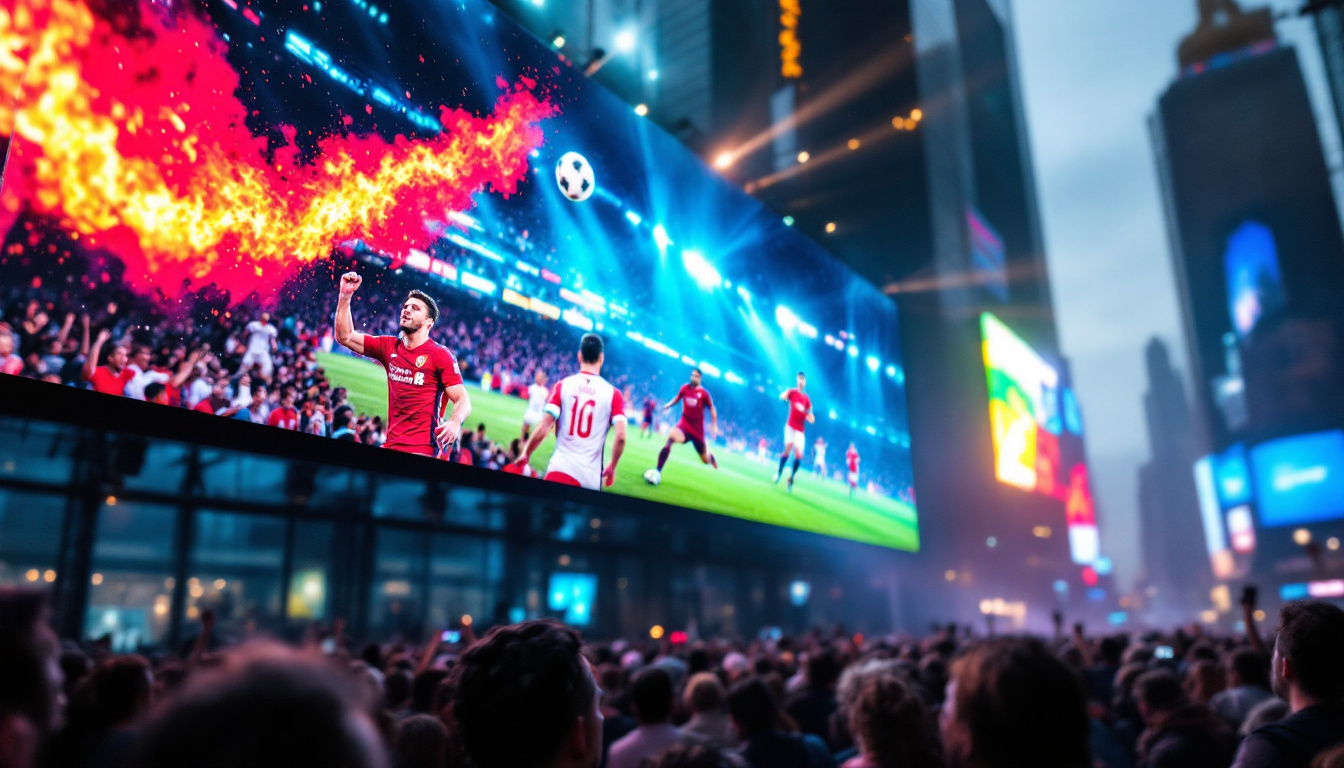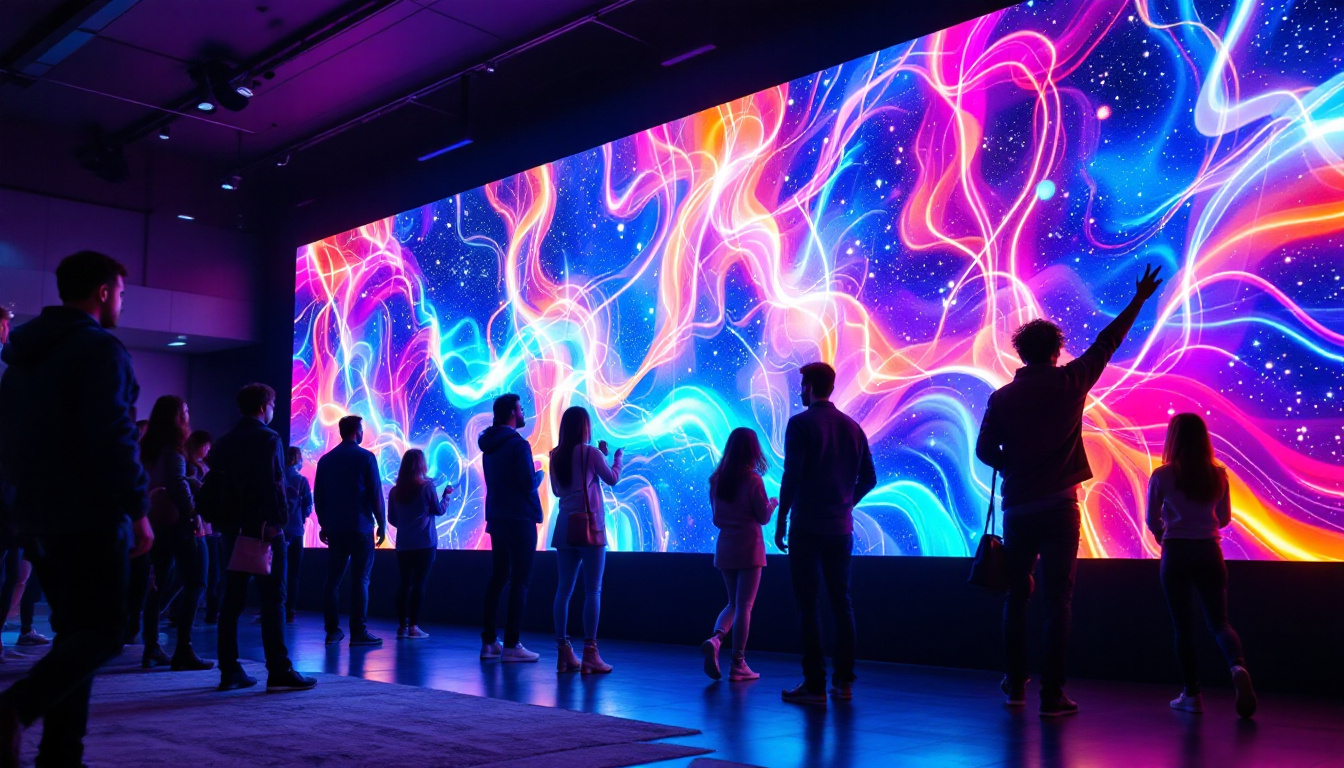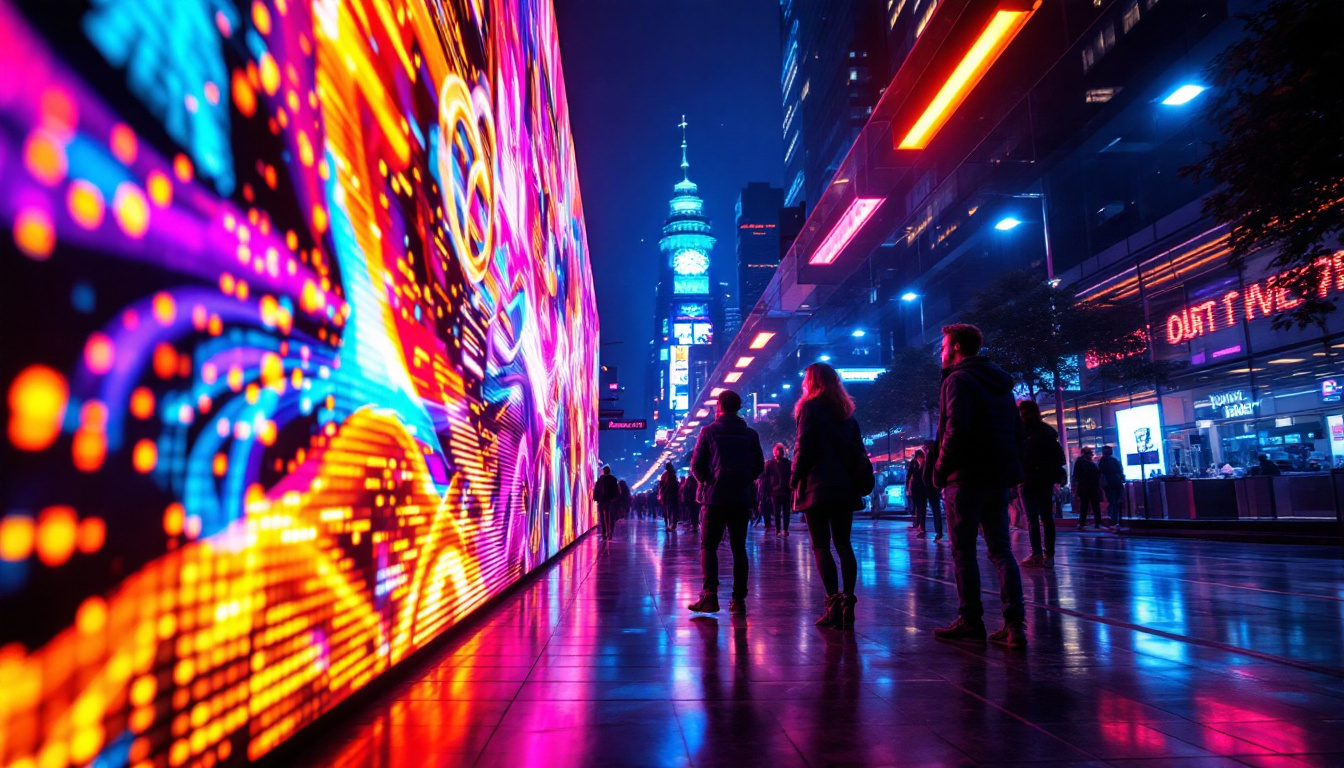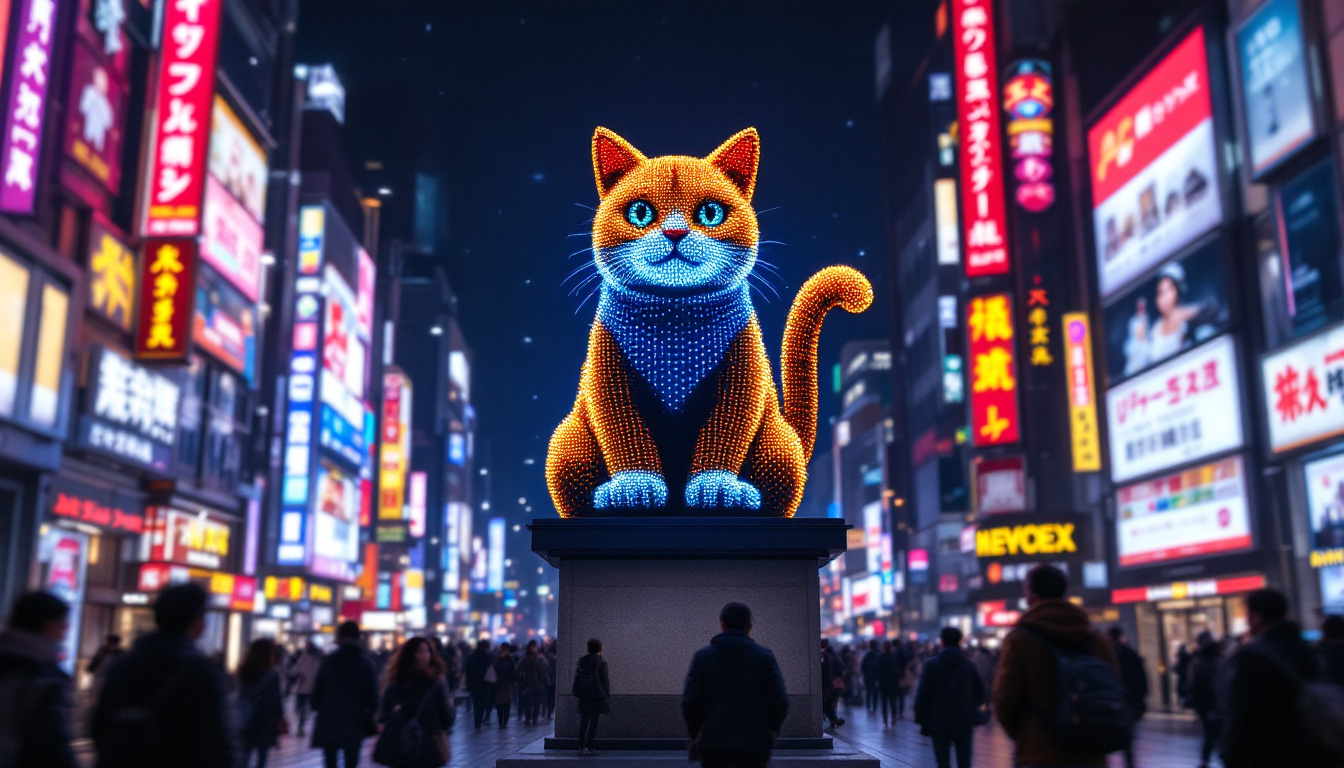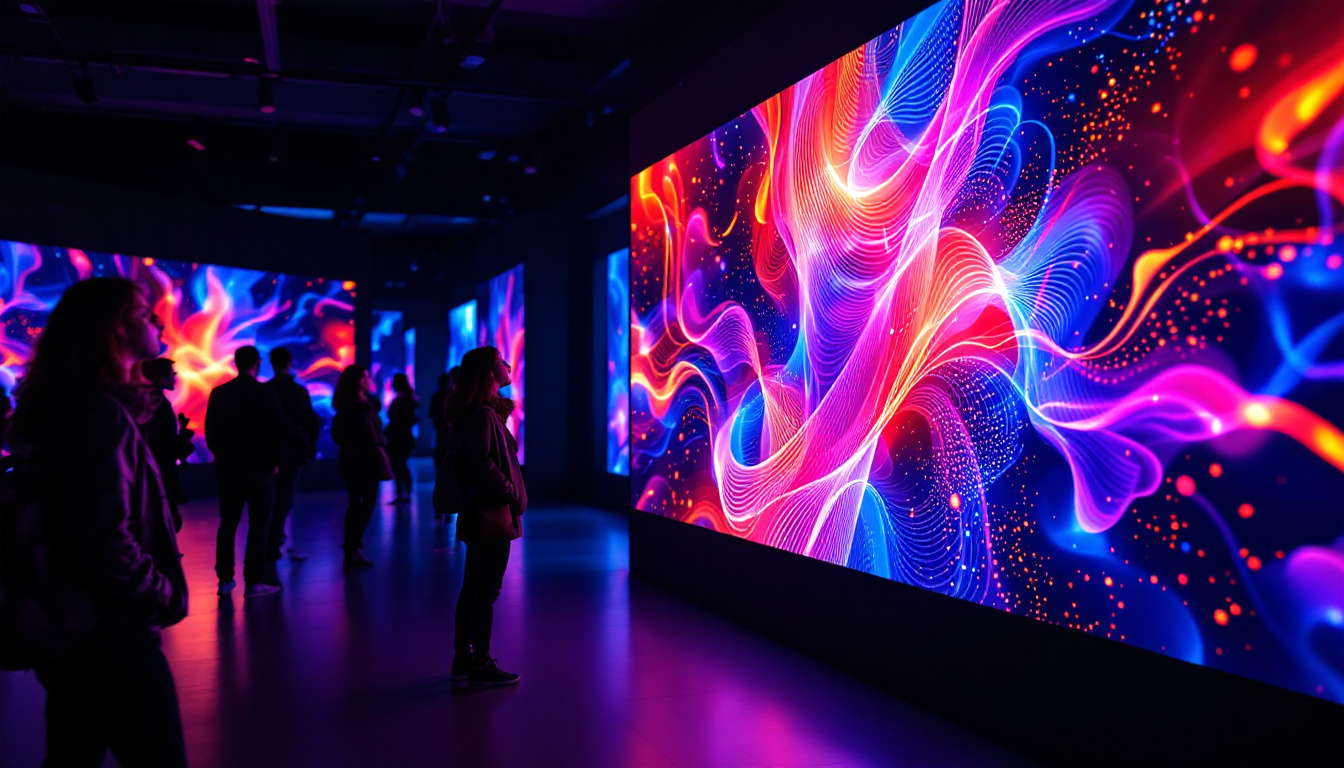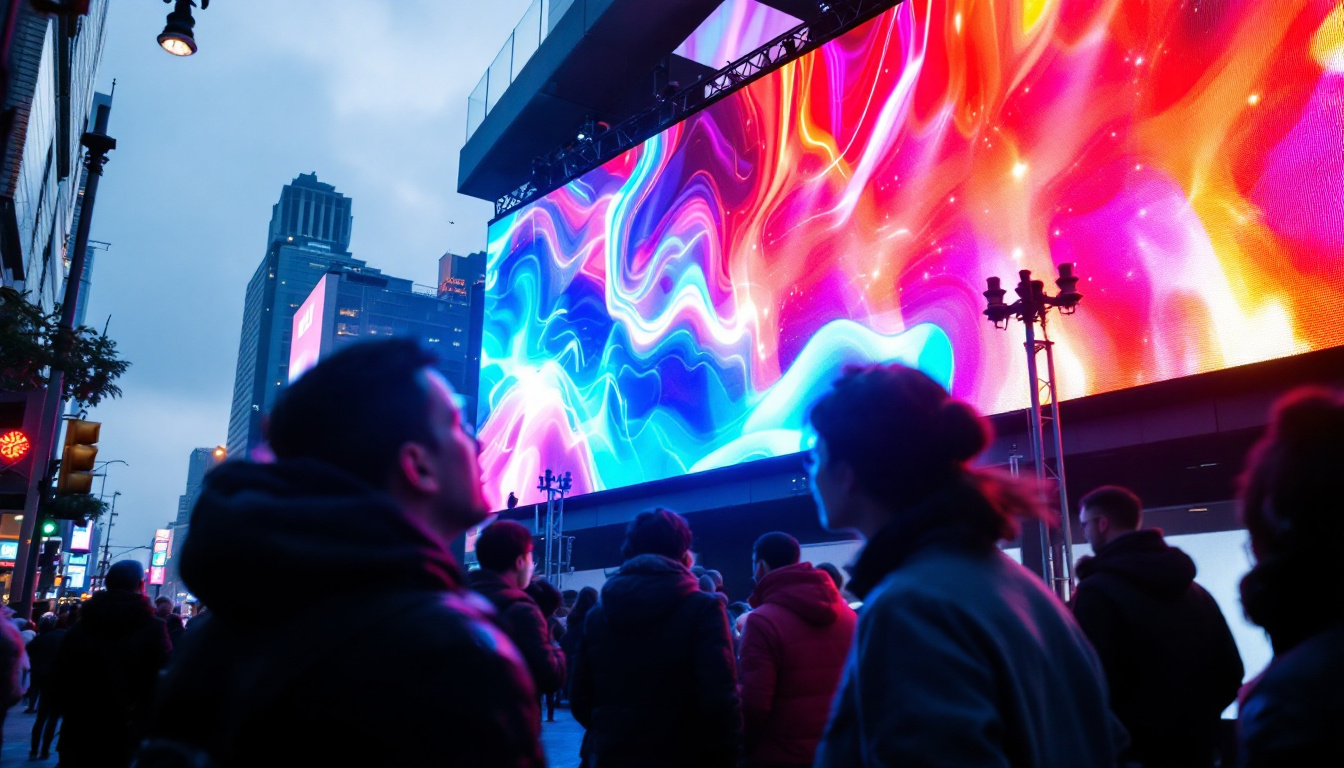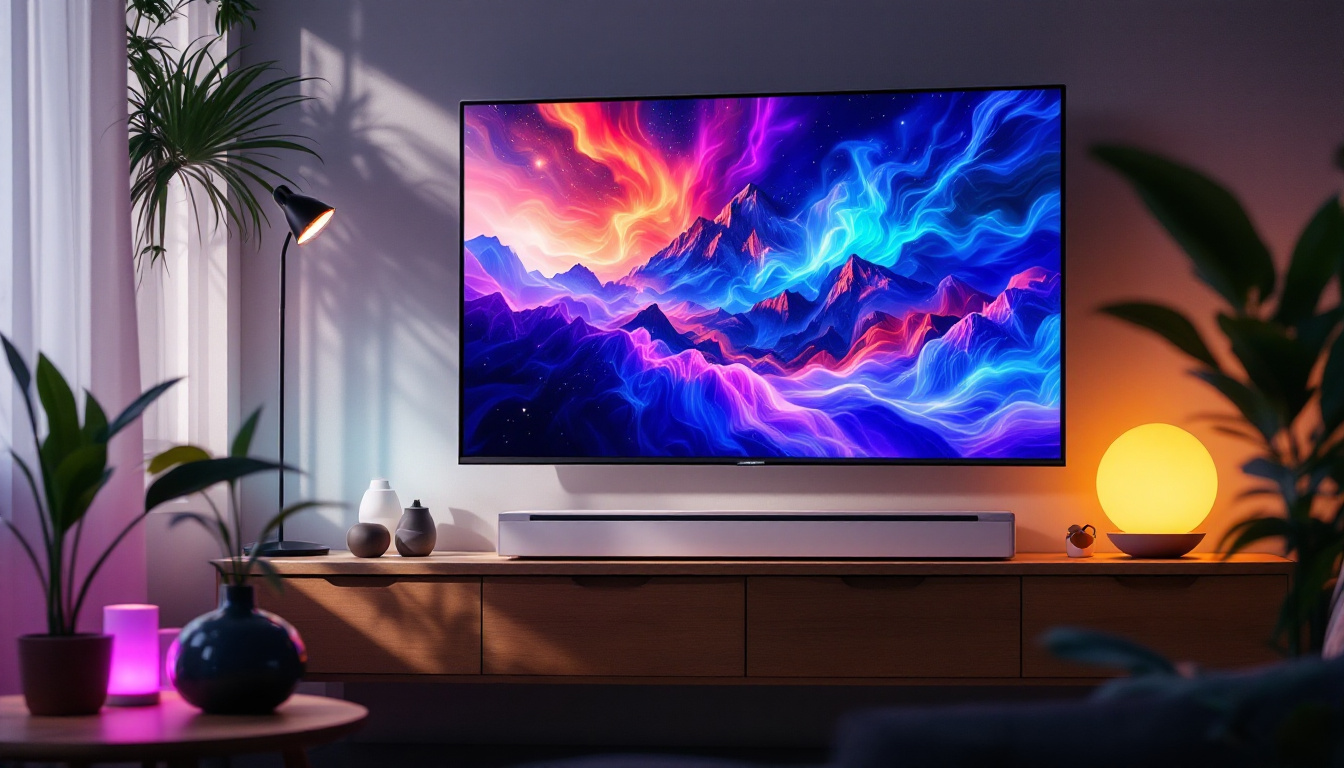In the realm of digital media, the evolution of video formats has led to innovative ways of displaying content. Among these advancements, PNG videos have emerged as a unique solution, particularly in the context of LED displays. This article delves into the intricacies of PNG videos, their compatibility with LED technology, and the benefits they offer for various applications.
Understanding PNG Videos
PNG, or Portable Network Graphics, is primarily known as a lossless image format that supports transparency. However, the concept of PNG videos refers to a method of using PNG images in a video format, allowing for high-quality visuals with transparency layers. This technique has gained traction in various industries, especially in advertising and multimedia presentations. The ability to create engaging content that stands out visually has made PNG videos a popular choice among designers and marketers alike, as they can effectively capture attention in a crowded digital landscape.
The Basics of PNG Format
PNG was developed as a replacement for the GIF format, offering better compression and a broader color palette. Unlike JPEG, which loses some data during compression, PNG retains all original data, making it ideal for graphics that require high fidelity. The transparency feature of PNG files allows for seamless overlays, enhancing the visual appeal of digital content. Furthermore, PNG supports a wide range of color depths, from grayscale to full-color images, which provides creators with the flexibility to produce visually striking graphics that can be used in various applications, from web design to print media.
What Are PNG Videos?
PNG videos utilize a sequence of PNG images to create motion. This format is particularly advantageous for animations and graphics that require a transparent background. By compiling multiple PNG images into a video sequence, creators can achieve a fluid motion effect while maintaining the quality and integrity of the original images. This method is often used in contexts where dynamic visuals are essential, such as in commercials or interactive displays. The ability to layer images with transparency allows for creative storytelling techniques, where characters or elements can interact with different backgrounds without the need for complex editing software. Additionally, PNG videos are increasingly being adopted in the gaming industry, where they can enhance user interfaces and provide smooth transitions between scenes, further enriching the overall gaming experience.
LED Displays: A Brief Overview
LED displays have revolutionized the way content is presented, providing vibrant colors, high brightness, and energy efficiency. These displays are widely used in various settings, including public spaces, sports arenas, and retail environments. The technology behind LED displays allows for pixel-level control, enabling intricate designs and animations that captivate audiences. As a result, they have become an essential tool for advertisers and event organizers looking to engage viewers in innovative ways.
In addition to their visual appeal, LED displays are also known for their longevity and low maintenance requirements. Unlike traditional display technologies, which may require frequent bulb replacements, LED displays can last tens of thousands of hours, making them a cost-effective solution in the long run. This durability is particularly advantageous in outdoor applications, where displays are exposed to the elements and require reliable performance over extended periods.
How LED Displays Work
LED, or Light Emitting Diode, displays function by illuminating pixels with tiny diodes that emit light when an electric current passes through them. Each pixel is made up of red, green, and blue (RGB) components, which combine to produce a full spectrum of colors. This pixel-based approach allows for high-resolution images and videos, making LED displays ideal for dynamic content. Furthermore, advancements in technology have led to the development of finer pixel pitches, resulting in even sharper images that are increasingly indistinguishable from reality, enhancing the viewer’s experience.
The control systems used in LED displays are equally sophisticated, allowing for real-time updates and content management. This means that businesses can change their advertisements or messages on the fly, tailoring their content to specific audiences or events. The integration of software solutions also enables features like scheduling, remote monitoring, and analytics, providing users with comprehensive tools to optimize their display’s performance and effectiveness.
Types of LED Displays
There are several types of LED displays, including indoor and outdoor variants. Indoor LED displays are typically used in environments where viewing distances are shorter, offering higher pixel densities for sharper images. Outdoor LED displays, on the other hand, are designed to withstand weather conditions and provide visibility from greater distances. Each type has its own specifications and applications, catering to different needs. For instance, outdoor displays often feature protective coatings and enhanced brightness to combat sunlight, ensuring that the content remains visible even in bright daylight.
Additionally, there are specialized LED displays, such as transparent LED screens, which allow for creative installations that blend seamlessly with their surroundings. These displays are particularly popular in retail environments, where they can be used to showcase products while maintaining visibility through the screen. Another emerging trend is the use of flexible LED displays, which can be bent or shaped to fit unconventional spaces, opening up new possibilities for artistic and functional applications in architecture and design.
The Intersection of PNG Videos and LED Displays
The integration of PNG videos with LED displays creates a powerful combination for visual storytelling. The transparency feature of PNG videos allows for overlays that can enhance the overall aesthetic of the display. This capability is particularly beneficial in advertising, where brands want to create immersive experiences that engage viewers.
Benefits of Using PNG Videos on LED Displays
One of the primary advantages of using PNG videos on LED displays is the ability to maintain high image quality. Since PNG is a lossless format, the visuals remain sharp and vibrant, even when displayed on large screens. Additionally, the transparency feature allows for creative layering, enabling brands to showcase their products in a more engaging manner.
Applications in Advertising and Marketing
In the advertising realm, PNG videos can be utilized for dynamic content that captures attention. For instance, a retail store might use a PNG video to showcase a new product line, allowing the visuals to blend seamlessly with the store’s decor. This not only enhances the shopping experience but also reinforces brand identity through innovative display techniques.
Technical Considerations
While the benefits of using PNG videos on LED displays are clear, there are technical considerations that must be addressed. Ensuring compatibility between the video format and the LED display technology is crucial for optimal performance. Additionally, file size and playback capabilities can impact the effectiveness of the presentation.
Compatibility Issues
Not all LED displays support PNG video formats natively. It is essential to verify the specifications of the display to ensure that it can handle the file type. In some cases, conversion to a more universally accepted format may be necessary. Understanding the capabilities of the display technology can help avoid potential hiccups during implementation.
File Size and Performance
PNG videos can be larger in file size compared to other video formats, which may affect playback performance. It is important to consider the hardware capabilities of the LED display, as well as the processing power required to handle high-resolution PNG videos. Optimizing file size without compromising quality can be a delicate balance, but it is essential for smooth playback.
Best Practices for Using PNG Videos on LED Displays
To maximize the effectiveness of PNG videos on LED displays, adhering to best practices is crucial. These guidelines can help ensure that the content is not only visually appealing but also functional and engaging for the audience.
Optimize for Display Size
When creating PNG videos, it is important to consider the size and resolution of the LED display. High-resolution videos may look stunning on large screens, but they can also lead to performance issues if not optimized correctly. Tailoring the video dimensions to match the display specifications can enhance playback quality and reduce lag.
Test Before Deployment
Before launching a PNG video campaign, conducting thorough testing is essential. This includes checking for compatibility with the LED display, ensuring that the video plays smoothly, and verifying that the visuals appear as intended. Testing in the actual environment where the display will be used can help identify any potential issues that may arise.
Future Trends in PNG Videos and LED Displays
The landscape of digital media is constantly evolving, and the future of PNG videos in conjunction with LED displays looks promising. As technology advances, new methods of content creation and display will emerge, further enhancing the capabilities of both formats.
Advancements in Display Technology
With the ongoing development of LED technology, future displays may offer even higher resolutions and improved color accuracy. This will allow PNG videos to shine even brighter, showcasing intricate details and vibrant colors. As displays become more sophisticated, the demand for high-quality video formats like PNG will likely increase.
Integration with Augmented Reality
As augmented reality (AR) continues to gain traction, the integration of PNG videos with AR technology could open up new avenues for interactive experiences. Imagine walking past an LED display that not only showcases a PNG video but also interacts with viewers through AR elements. This fusion could redefine how brands engage with their audience.
Conclusion
The combination of PNG videos and LED displays represents a significant advancement in the way digital content is presented. With their high-quality visuals and transparency capabilities, PNG videos offer unique opportunities for creativity and engagement. As technology continues to evolve, the potential for these formats to enhance advertising, marketing, and entertainment will only grow.
In a world where capturing attention is paramount, leveraging the strengths of PNG videos on LED displays can provide a competitive edge. By understanding the technical considerations and best practices, brands can create compelling visual narratives that resonate with their audience, making a lasting impact in the digital landscape.
Discover LumenMatrix’s Innovative LED Solutions
Ready to elevate your brand’s visual impact with the latest in LED display technology? Look no further than LumenMatrix. Our extensive range of LED display solutions, from Indoor and Outdoor LED Walls to Custom and Transparent Displays, is designed to captivate and engage your audience like never before. Embrace the future of digital storytelling with our cutting-edge displays that promise to bring your content to life. Check out LumenMatrix LED Display Solutions today and transform your visual communication into an unforgettable experience.


